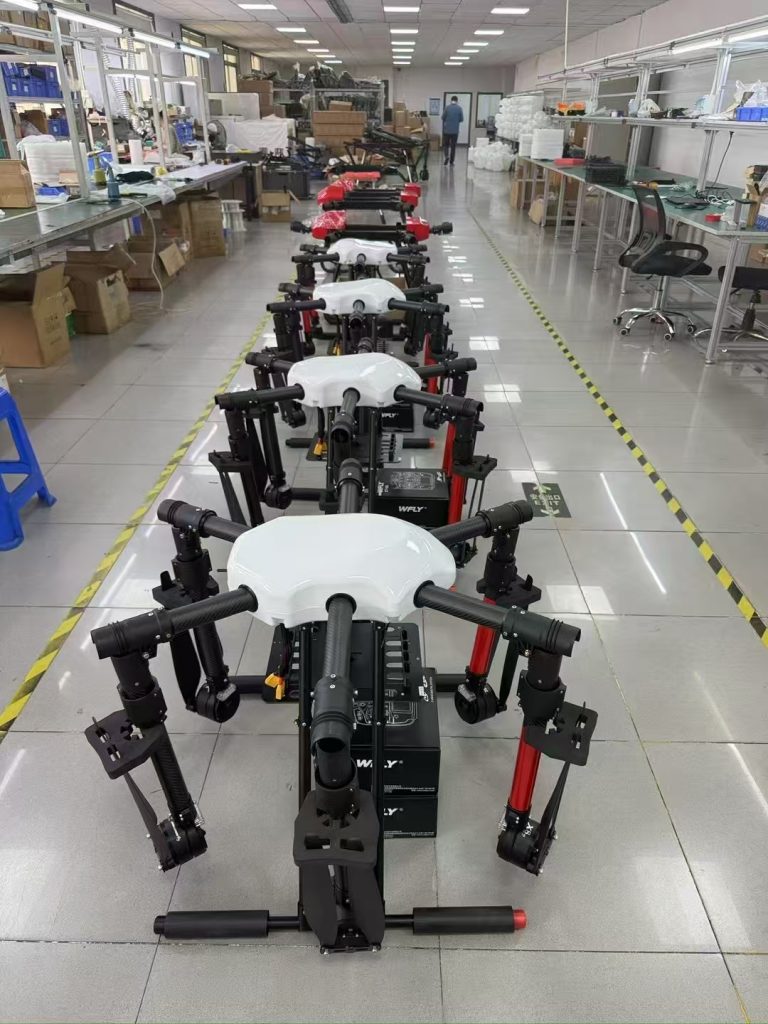
Brunei Darussalam, a nation renowned for its oil wealth and pristine natural environment, is quietly nurturing a vision for agricultural self-reliance. Though oil and gas contribute 50% of its GDP, agriculture remains a vital pillar—employing 15% of the workforce and supplying 30% of domestic food needs. From the rice paddies of Belait Valley to the fruit orchards of Temburong and vegetable farms in Brunei-Muara, Bruneian agriculture blends tradition with modern ambition. Yet, this sector faces unique challenges: limited arable land (just 1% of total territory), a shrinking rural labor force, and a tropical climate (year-round heat, humidity, and heavy rainfall) that strains resources and crop yields. To secure its food future, Brunei is turning to smart farming—and agricultural drones, sourced from China’s specialized manufacturers, offer a tailored, sustainable solution to cultivate efficiency, resilience, and growth.
Brunei’s Agricultural Crossroads: Why Drones Matter Now
-
Labor shortages: Urbanization and a small local population (450,000) leave rural areas understaffed. Tasks like pesticide spraying or seedling distribution, once managed collectively, now delay critical seasonal windows—threatening yields for monsoon-season rice or durian harvests.
-
Resource inefficiency: Manual methods waste up to 40% of water and pesticides, draining household incomes and risking runoff into Brunei Bay, a sensitive marine ecosystem. Smallholders lack capital for expensive machinery, limiting their ability to scale sustainably.
-
Climate vulnerability: Year-round humidity (80–90%) and heavy monsoons (2,500mm annual rainfall) degrade equipment and promote crop diseases like rice blast or fruit rot. Traditional farming struggles to adapt to these conditions.
Chinese Agricultural Drones: Built for Brunei’s Tropical Reality
1. Tropical Durability: Designed for Heat, Humidity, and Rain
-
Corrosion-resistant frames: Aircraft-grade aluminum alloys and UV-stabilized coatings withstand constant exposure to humidity and monsoon rains. Sealed motors and IP68-rated sensors repel water ingress, ensuring reliability during unexpected downpours.
-
Heat management systems: Advanced cooling technology prevents overheating in 35–40°C temperatures, critical for midday flights over rice paddies or fruit orchards.
-
Lightweight portability: Foldable models (under 12kg) are easy to transport via motorcycles or small boats to remote villages like Labi or Long Mayang, where road access is limited.
2. Precision Technology for Resource Efficiency
-
Smart spraying: Atomized nozzles reduce water use by 50–70% compared to manual methods. For rice farms in Belait Valley, this cuts irrigation needs by 1,500 liters per hectare—critical as Brunei seeks to reduce reliance on groundwater.
-
AI-driven monitoring: Multispectral cameras analyze leaf health, soil moisture, and pest outbreaks (e.g., aphids in vegetable fields). In Temburong’s durian groves, this enables early intervention, reducing crop losses by 20% and preserving the nation’s premium fruit exports.
-
RTK GPS accuracy: Centimeter-level positioning ensures uniform coverage in Brunei’s flat rice plains and hilly orchards, eliminating overlaps that waste inputs and ensuring consistent crop quality.
3. Affordability and Local Empowerment
-
Budget-friendly models: Entry-level drones (under $10,000) fit the budgets of family farms, democratizing access to tech once reserved for larger agribusinesses.
-
Simplified training: Local technicians provide hands-on workshops in Malay and English, teaching pilots to operate drones and interpret data. Partnerships with Brunei’s Ministry of Primary Resources and Tourism have reduced downtime by 40% and empowered women farmers in Tutong to manage their own plots.
Beyond Hardware: A Partnership for Sustainable Growth
-
Localized support: Drones are adapted to Brunei’s crops (rice, durian, pineapple) and conditions, with user interfaces simplified for local farmers. Maintenance guides include examples of tropical pest management and monsoon-season care.
-
Rapid spare parts networks: Partnerships in Bandar Seri Begawan and Kuala Belait stock replacement parts, ensuring deliveries within 24–48 hours—critical during planting or harvest seasons when delays risk crop loss.
-
Compliance alignment: Drones meet Brunei’s safety standards (BruCert) and align with the nation’s “Green Brunei” initiative, which prioritizes eco-friendly farming practices.
Mutual Wins: Strengthening Brunei’s Food Security
-
Economic resilience: Reduced input costs and higher yields (trials show 18–25% increases) boost smallholder incomes, slowing rural-to-urban migration and reviving village economies.
-
Environmental stewardship: Precision resource use lowers chemical runoff into Brunei Bay, protecting mangroves and marine life—key to Brunei’s tourism and biodiversity goals.
-
Climate adaptation: Faster response to floods or pest outbreaks helps farmers mitigate losses, securing food supplies for Brunei’s growing population.

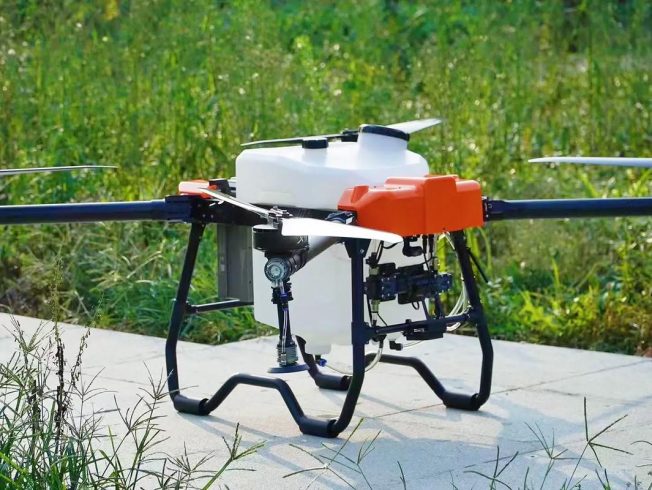
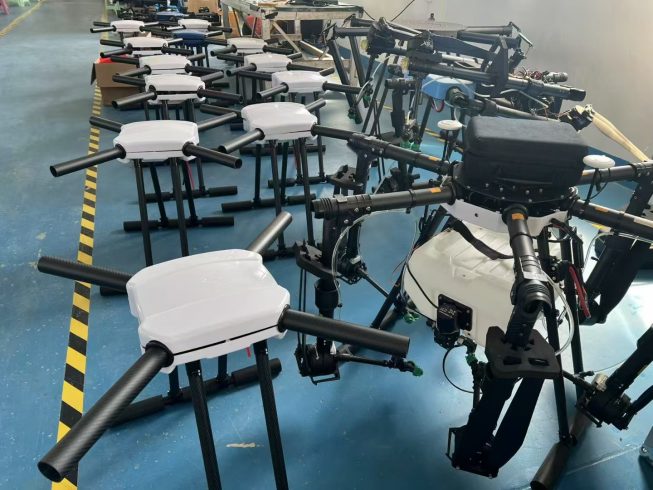
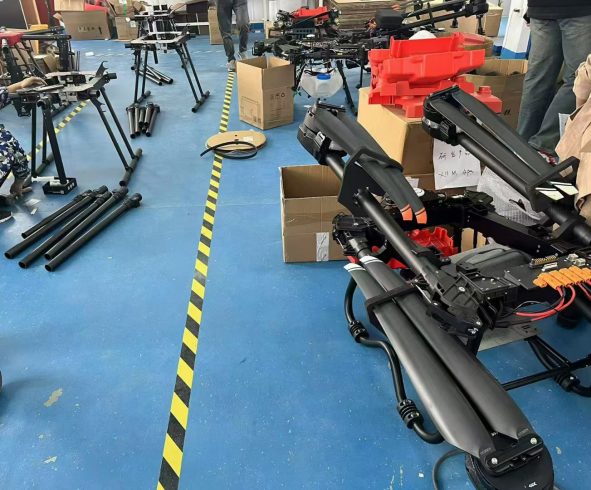
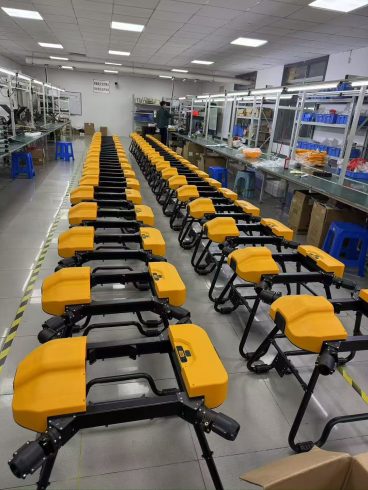



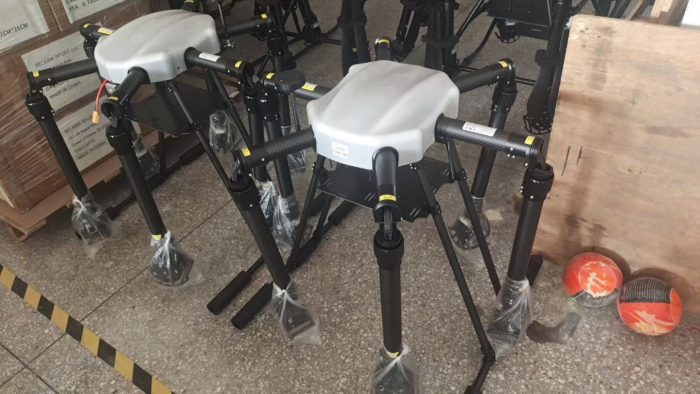
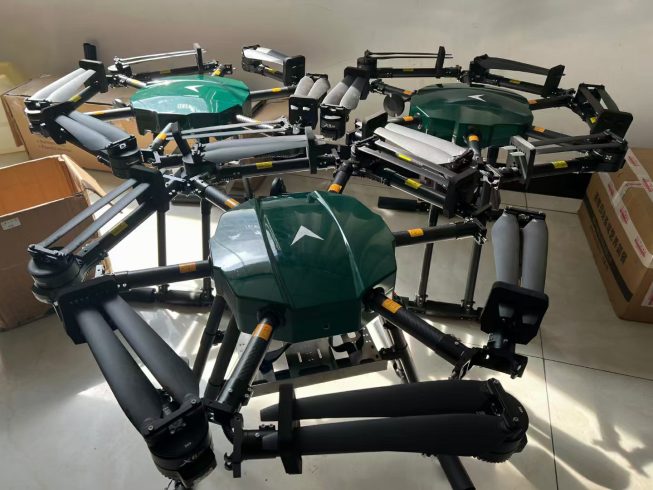
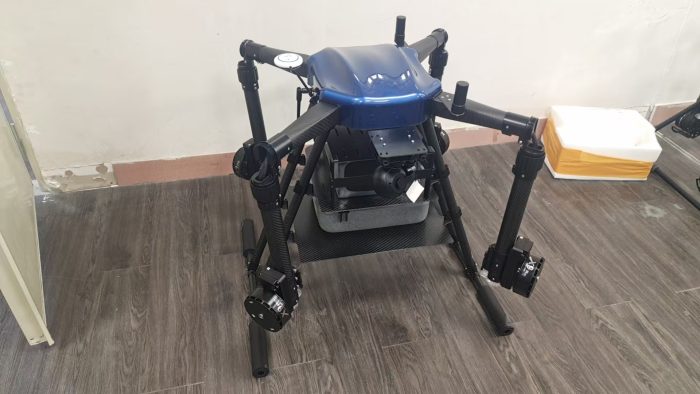

暂无评论内容